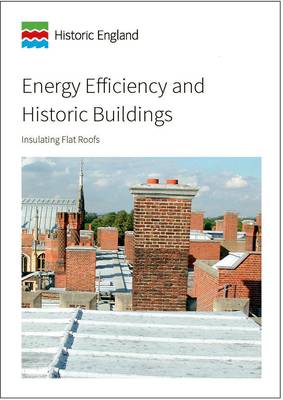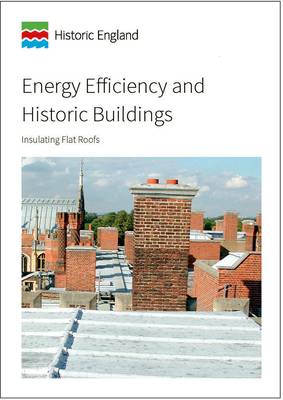
- Retrait gratuit dans votre magasin Club
- 7.000.000 titres dans notre catalogue
- Payer en toute sécurité
- Toujours un magasin près de chez vous
- Retrait gratuit dans votre magasin Club
- 7.000.0000 titres dans notre catalogue
- Payer en toute sécurité
- Toujours un magasin près de chez vous
88,45 €
+ 176 points
Description
This guidance note provides advice on the principles, risks, materials and methods for improving the thermal performance of flat roofs by the addition or upgrading of insulation. Adding insulation to flat roofs can lead to a significant reduction in heat loss but thought and care is needed to make sure this is effective and does not cause problems.
Many older buildings have areas of flat roof, typically over porches, dormers, small extensions, and towers. If insulation work is being carried out to the main areas of pitched roof it is important that flat roofed areas are not forgotten, even if small, otherwise the insulation of the building as a whole will be compromised with risks of cold bridging and condensation. Upgrading a flat roof to a desirable standard can be complicated and is not without risks. Generally solutions will need to be individually designed and professional advice will often be needed. It is important that the character and significance of a building is not compromised by the removal of flat roof coverings or significant historic ceilings to install insulation, or by changing roof levels, altering gutters and rainwater outlets. Such changes may require consent particularly if the building is listed. Any change to the roofing material of a building in a conservation area may also require permission. In each case, all proposed changes should be discussed in advance with the local planning authority. This guidance forms one of a series of thirteen guidance notes covering the thermal upgrading of building elements such as roofs, walls and floors.Spécifications
Parties prenantes
- Editeur:
Contenu
- Nombre de pages :
- 30
- Langue:
- Anglais
- Collection :
Caractéristiques
- EAN:
- 9781848024397
- Date de parution :
- 29-04-16
- Format:
- Livre broché
- Format numérique:
- Trade paperback (VS)
- Dimensions :
- 210 mm x 297 mm

Les avis
Nous publions uniquement les avis qui respectent les conditions requises. Consultez nos conditions pour les avis.





